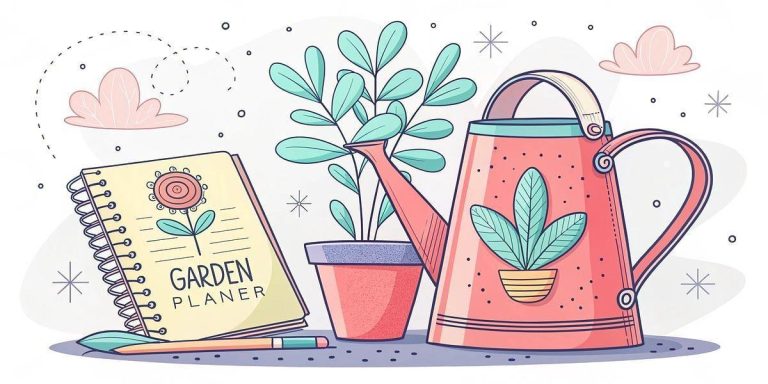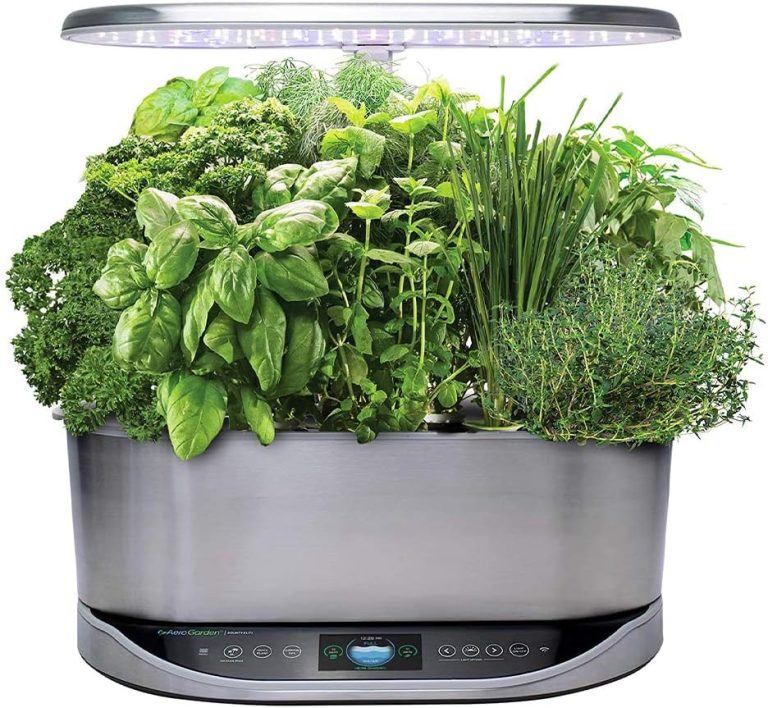Great Ideas For Gardens
If you are looking for great ideas for your garden, you have come to the right place. From designing a rain garden to making the most of a small space, here are a few ideas to help you get started.
Repurpose old furniture to create a new garden
Upcycling old furniture is a great way to add greenery to your garden without spending much money. Using recycled materials, you can create a unique, functional piece of furniture that you’ll be proud to show off.
There are several ways to do this. For instance, you can repurpose your old mattress springs to hang on the side of your house near your patio. Alternatively, you can repurpose your old dresser and turn it into a funky plant stand.
You may also want to repurpose your old bed frame to display colorful flowering plants. Use a bit of paint to give it a fresh, new look.
In addition to repurposed furniture, you can use old food tins to make upcycled planters. These can be hung from a window or even attached to your fence to create an eye-catching display.
Another option is to reuse an old metal stove. You can even cut it to the appropriate height to create a hanging basket.
If you don’t have an old kitchen cabinet lying around, you could easily construct a potting bench with a few leftover shelving units. And if you’re feeling really crafty, you can even repurpose an old dresser.
Lastly, you can repurpose your old dresser, or even your old trunk, into a table or end table. This will make a nice garden decoration; you can even put in some flowering plants to make it more enjoyable.
It’s no secret that you can find many items for upcycling projects. However, the trick is to be creative. The best way to do this is to think outside the box and not just stick with your typical garden decorations.
- EASILY GROW YOUR OWN HERBS INDOORS WITH OUR PREMIUM-QUALITY HERB GROWING KIT – Create your own beautiful window garden with the Garden Starter Kit Outdoor. Our beginner-friendly kit contains 4x types of USDA certified organic herb seeds, a Vintage Wooden Tray, 16x Nutrient-Rich Soil Discs, 4x Jute Pots with waterproof lining, 4x Bamboo Markers, Pruning Shears and a Step by Step Instructions.
- 100% CERTIFIED USDA ORGANIC AND NON-GMO HERB SEEDS – enjoy the experience of indoor gardening kit – sourced from the USA, these seeds undergo a rigorous germination process before being added to your planting kit. Easily grow your own best quality fresh herb plants live for planting outdoors or indoors, and add a fresh touch to your recipes!
- DECORATE YOUR HOME WITH OUR VINTAGE STYLE HERB GARDEN KIT – Every component of our kit, perfect for an indoor vegetable garden, is of the highest quality. This versatile kit doubles as a window sill planter box and an indoor herb garden starter kit. It’s not just functional, but also a decorative element for countertops, windowsills, balconies, patios, rooftop gardens, or any space suited for your herb growing kit indoor.
- UNIQUE GIFT IDEA FOR EVERYONE – Our garden starter kit is a perfect gift for children, for friends who are just starting out in gardening or in the kitchen, as a decorative gift for the office or anywhere in the house, or as a growing kit to sprout premium-quality herb seeds.
- NAUKUA – Our goal is to bring the essence of nature to your home with our beginner-friendly and sustainable growing kits. Don’t hesitate to reach out to us directly is you have any questions or need assistance with your kit.
Last update on 2025-11-15 / Affiliate links / Images from Amazon Product Advertising API
Create a path through the garden
Paths are essential to any garden design. They give a sense of direction and make it easy to maintain the landscape. Paths are also essential for accessing the backyard.
Paths can be designed with a variety of materials. You can choose from brick and tile to concrete pavers. Materials can be personalized by using sea glass, crushed shells or nutshells.
Garden paths should be at least four feet wide. This ensures that two people can easily walk along it. The width should be able to accommodate a wheelbarrow, as well. Make sure to consider the material that will be used to build the path.
A path can be used as a simple walkway or as an important component of a larger garden. It can be lined with soft green foliage or plant specimens or have an architectural style. Paths also allow for the harvesting of crops and allow for easy pruning.
If you want to create a unique and elegant look, add a bit of industrial chic by adding metal plates. You can also make use of the natural beauty of logs by using them as a pathway to a shed or other building.
Curved paths bring a sense of space to a narrow area. They also draw attention to the hidden features of the garden. These elements can be large colorful pots or ornamental shrubs.
Use your imagination to design the path. You can even find professionals who can help you plan and build the entire path. For advice, you can talk to landscape architects, designers and contractors.
You can also add some intrigue to your path. You can add a summer house or other structure to create a focal point.
Create a decorative plant display
A snazzy plant display is a treat for the discerning gardener. The best part is that it is not hard to come by. For example, if you live in the city, chances are you have a spare room in your building that is just waiting to be turned into a green thumbs paradise. It’s an ideal launching pad for an array of succulents, if you can find someone willing to give you a hand. To do this right, you’ll need a couple of key components. Thankfully, you can pick up the requisite items at your local Home Depot or Lowe’s. Using a few of these ingredients will give you a one-of-a-kind plant display in no time. With that, all that is left is to get started.
Create a rain garden
A rain garden can be a great way to collect runoff from your garden. But before you get started, you’ll need to consider the specific characteristics of the area you’re working in.
Rain gardens should be located in soil that drains quickly. They also should not be placed near underground utility lines, such as sewers or septic systems. And they should be at least 10 feet away from the house.
If you’re installing a rain garden on a slope, you may consider installing a French drain. This will help you control the amount of runoff entering your rain garden.
To ensure your rain garden has good drainage, you’ll need to test the soil before you start. You can do this by digging a 10-inch-diameter hole. After filling the hole with water, wait 24 hours to see if it’s gone.
You’ll need to replace the soil if the drainage isn’t adequate. The soil should be uncompacted, have a low clay content, and have minimal amounts of silt. In some cases, you’ll need to add compost or other soil amendments.
After you have tested the soil, you’ll need to plan out the shape and size of your rain garden. Mark the area with string tied to wooden stakes or ground paint.
Dig a trench that’s at least three feet deep. Be sure to use a sharp spade at a low angle. Once the trench is complete, you can cover it with decorative stones or landscape fabric.
The final step is planting. To avoid compacting the soil, place the plants in eight-inch-deep layers. Plants should be spaced about one foot apart.
It’s important to keep your rain garden emptied after each storm. Check that the water hasn’t pooled to six inches or higher.
Make the most out of small spaces
One of the best ways to make the most out of your garden is to make it functional. Even a modest outdoor space can be transformed into a Mediterranean paradise. In addition to plants, there are many other options for your garden, such as a vermicomposting system that can produce valuable compost and a rainwater harvesting system that will provide water for your plants.
You might also consider an aquaponic system. These systems allow you to grow your own food in a small space. They also have the added bonus of reducing your carbon footprint. Another way to add color to your garden is by planting potted plants.
- 【HIGH QUALITY】: This bird feeder is made of high quality and bronze metal, support by strong enough post in the middle and inclined roof. measuring 7.7″W x 15″H, Durable and sturdy, waterproof and weather resistant. Comes with extra large solar cell and panel, will last 8-12 hours lighting your garden at a whole night;
- 【BEAUTIFUL GARDEN DECOR】: The bird feeder hanger is designed with vintage lantern shapes and hand made mosaic glass pieces, the cap and base are made of sturdy copper-tone metal. The glass is transparent enough to reflect different sunlight beautifully under different light condition, perfect and beautiful decoration for your garden, backyard;This feeder is easy to fill bird seed;
- 【WATERPROOF】: The LED light will detect daytime and nighttime, turn on the switch on the solar panels and gather energy from the sun during the day. The solar powered bird feeder will glow beautifully, brightness automatically and provides a focal point in the garden at night;
- 【PRE-ASSEMBLED FOR HANG ON】: The mosaic bird feeder features an inclined roof to shade birds from the sun and rain. What’s more, it comes with a metal hook for quick hanging in your favorite bird-watching location. Its easy to fill bird seed: Such as a porch or deck overhang or the lower branches of a tree;
- 【UNIQUE PERCH DESIGN】 Different from the previous design in the form of a whole circle of perches, we upgraded the perch structure of the bird feeder to 3 metal perches, which is more conducive to the standing of large birds. Each solar feeder comes with an extended warranty and a 30-day no-reason return.
Last update on 2025-11-15 / Affiliate links / Images from Amazon Product Advertising API
The tiniest of gardens can be made to feel bigger by planting some of the more exotic and unique plants. Consider a vermicomposting system to glean valuable compost from your kitchen scraps. Or, invest in a small hydroponic system that will allow you to grow vegetables in a tiny area.
Choosing the right plants can distinguish between a happy and productive garden and a dismal experience. For example, you’ll find that lavender and eggplant pair well together. A well-placed shrub or tree will add a welcome shade to a sunny area. Similarly, evergreens are useful year-round.
In addition to the right plant choices, remember to make use of all your garden’s surfaces, including the fence and gravel. If you do decide to plant something in the ground, think out of the box. Using a trellis will improve the structure of your plants and allow you to grow more. It is also easier to harvest your crop.
There are many things to keep in mind when gardening in a small space, but you’ll be able to tick off a few items on your list of must-haves by implementing these tips.









